| –
| Detach spring-type clip and pull off coolant hose -2-. |
| Continuation for all vehicles |

Note | Observe environmental regulations for disposal. |

Caution | Only distilled water may be used for mixing with coolant additives. The use of distilled water ensures optimum protection against corrosion. |
|

Note | t
| The amount of water used in the coolant mixture has a great influence on its effectiveness. Because the water quality differs from country to country and even region to region, Volkswagen has decided to define the quality of the water to be used in the coolant system. Distilled water fulfils all requirements. |
| t
| Use only coolant additives in accordance with the → Electronic parts catalogue (ETKA). Other coolant additives may reduce corrosion protection substantially. The resulting damage could lead to loss of coolant and subsequent severe damage to the engine. |
| t
| The correct coolant solution ratio → Anchor helps prevent damage from freezing and corrosion as well as scaling. Moreover, the boiling temperature is raised. Therefore, the cooling system must be filled all year round with coolant additive. |
| t
| Because of its higher boiling point, the coolant improves engine reliability under heavy loads, particularly in countries with tropical climates. |
| t
| The frost protection must be guaranteed to approx. -25 °C. |
| t
| Frost protection must be guaranteed down to approx. -35°C in countries with Arctic climates. |
| t
| The coolant concentration must not be reduced by adding water even in warmer seasons and in warmer countries. The coolant additive concentration must be at least 40%. |
| t
| If a stronger anti-freeze mixture is necessary due to harsher weather conditions, the coolant additive content can be increased. However, this is only permitted to 60% (antifreeze protection to about -40°C). Otherwise, the antifreeze protection will be reduced again and the cooling effect will be impaired. |
| t
| If radiator, heat exchanger, cylinder head or cylinder head gasket is renewed, do not reuse old coolant. |
| t
| The Refractometer -T10007A- is recommended for determining the current anti-freeze density. |
| Recommended mixing ratios (use only distilled water for mixing): |
|
|
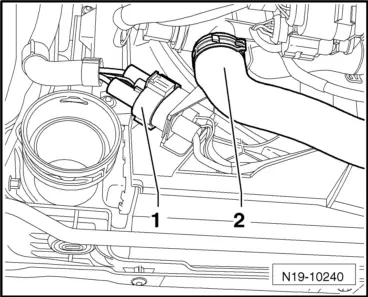
|
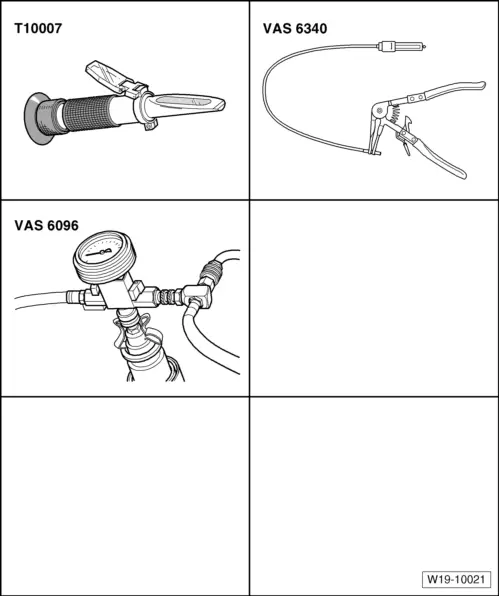
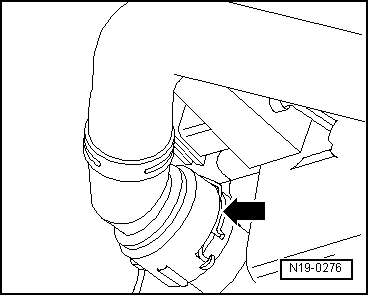
 Note
Note Note
Note


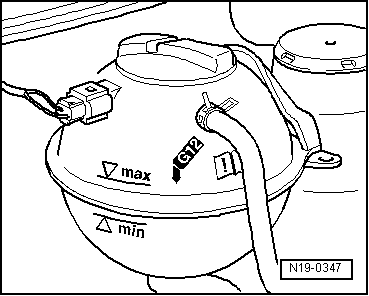
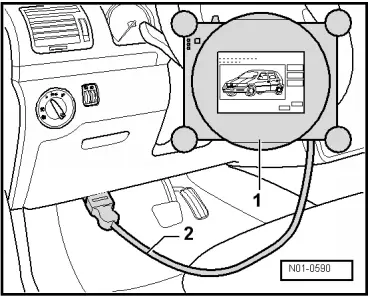

 WARNING
WARNING Caution
Caution